Frida Escobedo designs Aesop store in Park Slope New York
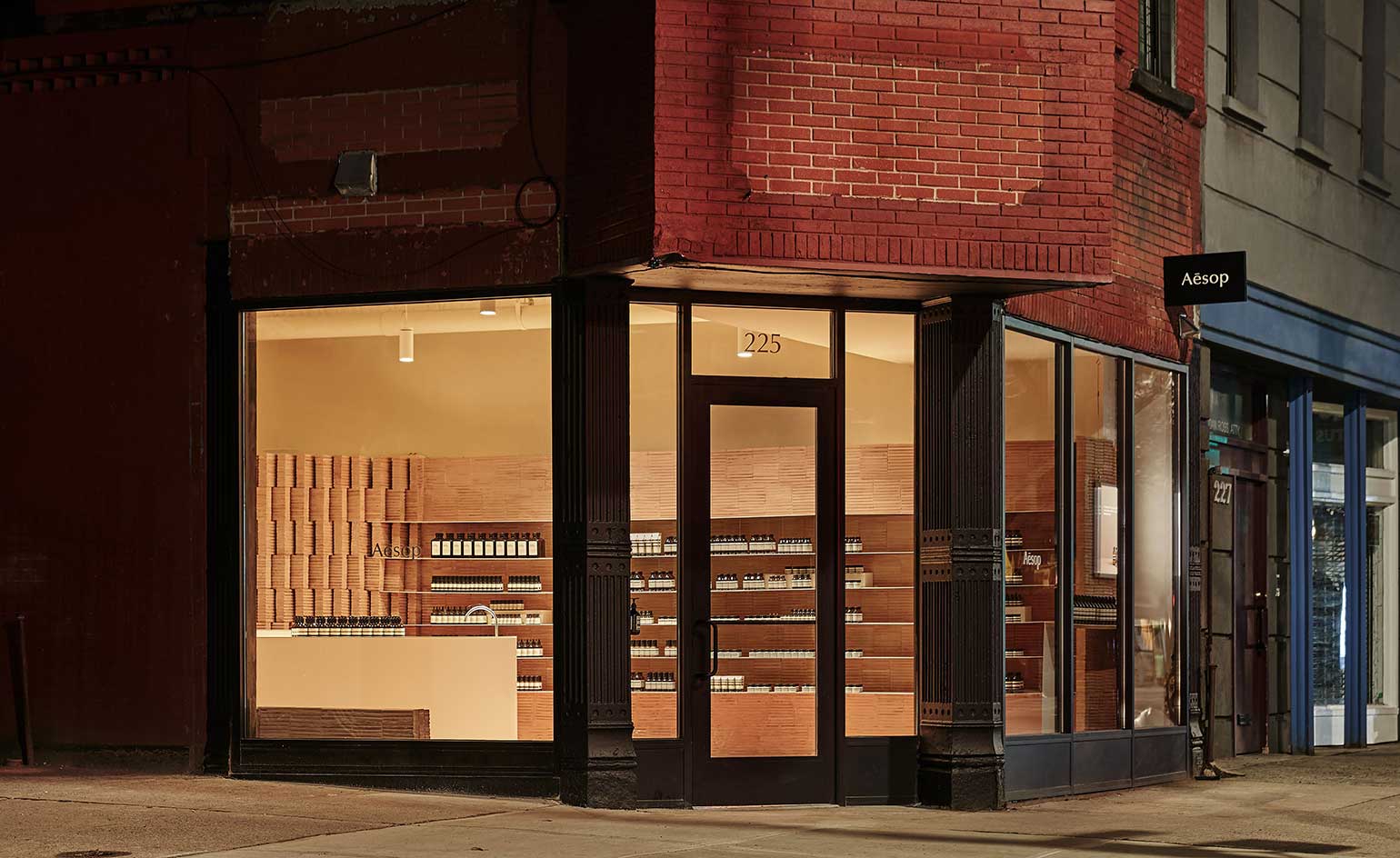
Park Slope rarely ranks highly as one of Brooklyn's ‘cool' areas. However, the arrival of a new Aesop store, notably designed by Mexican architect Frida Escobedo has give the homey, family-friendly neighbourhood a covetable cache that should appeal to both residents and visitors alike.
Located on an unassuming corner, just south of a major thoroughfare in the area, Escobedo’s design for Aesop’s latest store is her first completed build since creating the Serpentine Pavilion in London last year. Designed to incite conversation and cultural exchange, the store’s interior riffs off of the historic brownstone houses that dominate the neighbourhood. Its interior is predominantly made up of rich, red bricks, made especially from rammed earth from Escobedo’s native Oaxaca region of Mexico. Arranged in an elegant tessellated pattern and configured into diagonal rows that mimic the angling of brownstone buildings along Park Slope’s streets, the seemingly minimal design is actually steeped in complexity.
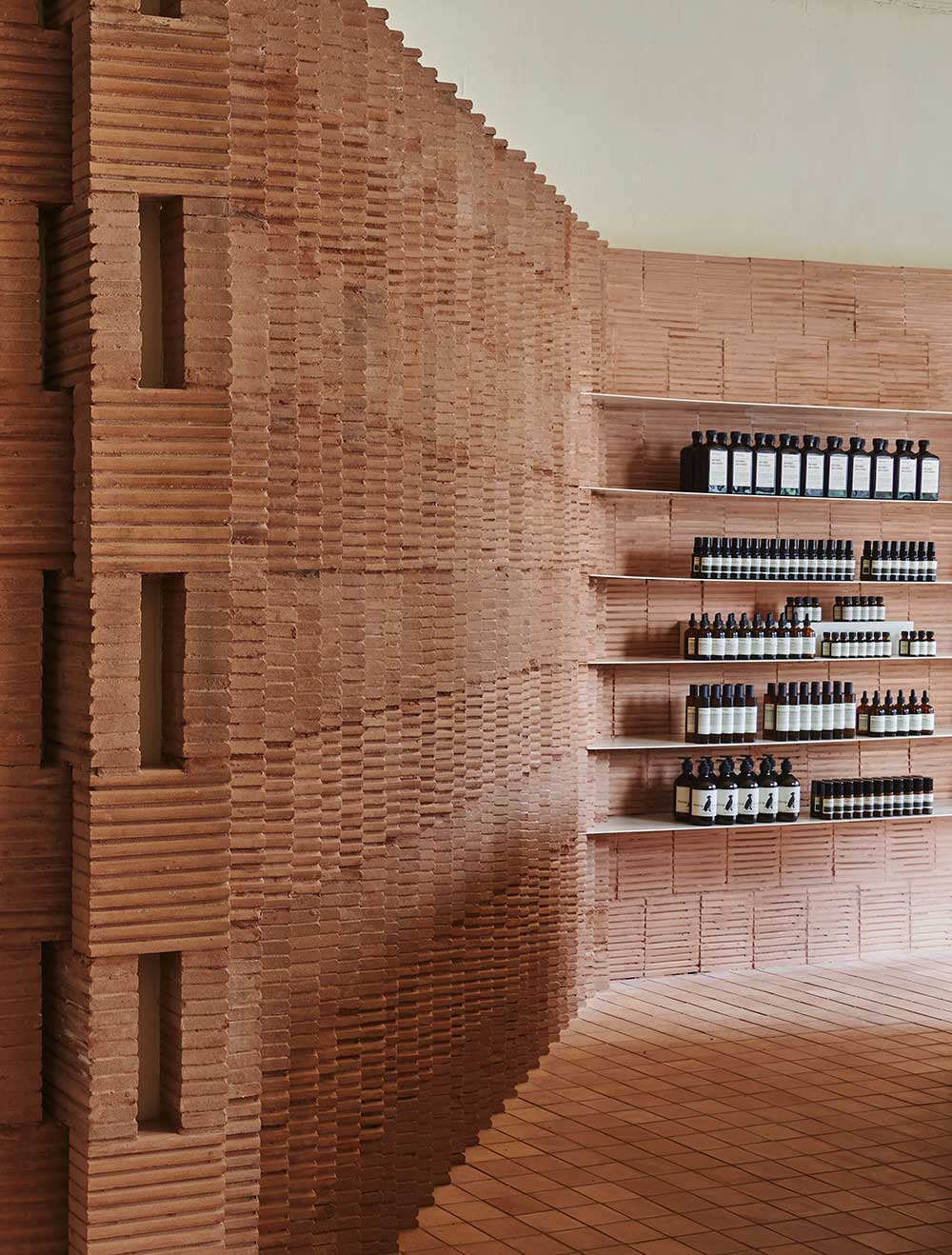
‘I’ve been always interested in how a modular, simple material such as brick can create a variety of patterns by changing the arrangement of its linear order,’ Escobedo explains. ‘This process is very similar to weaving; working on binary combinations to create a pattern. While we were working on this process, we were studying some of Anni Albers’ drawings and patterns. This allowed us to have a dialogue with the existing context, but also to propose something new. The result is a rich conversation between the industrial bricks of the neighbourhood facades and the handcrafted tiles inside the store.’
RELATED STORY
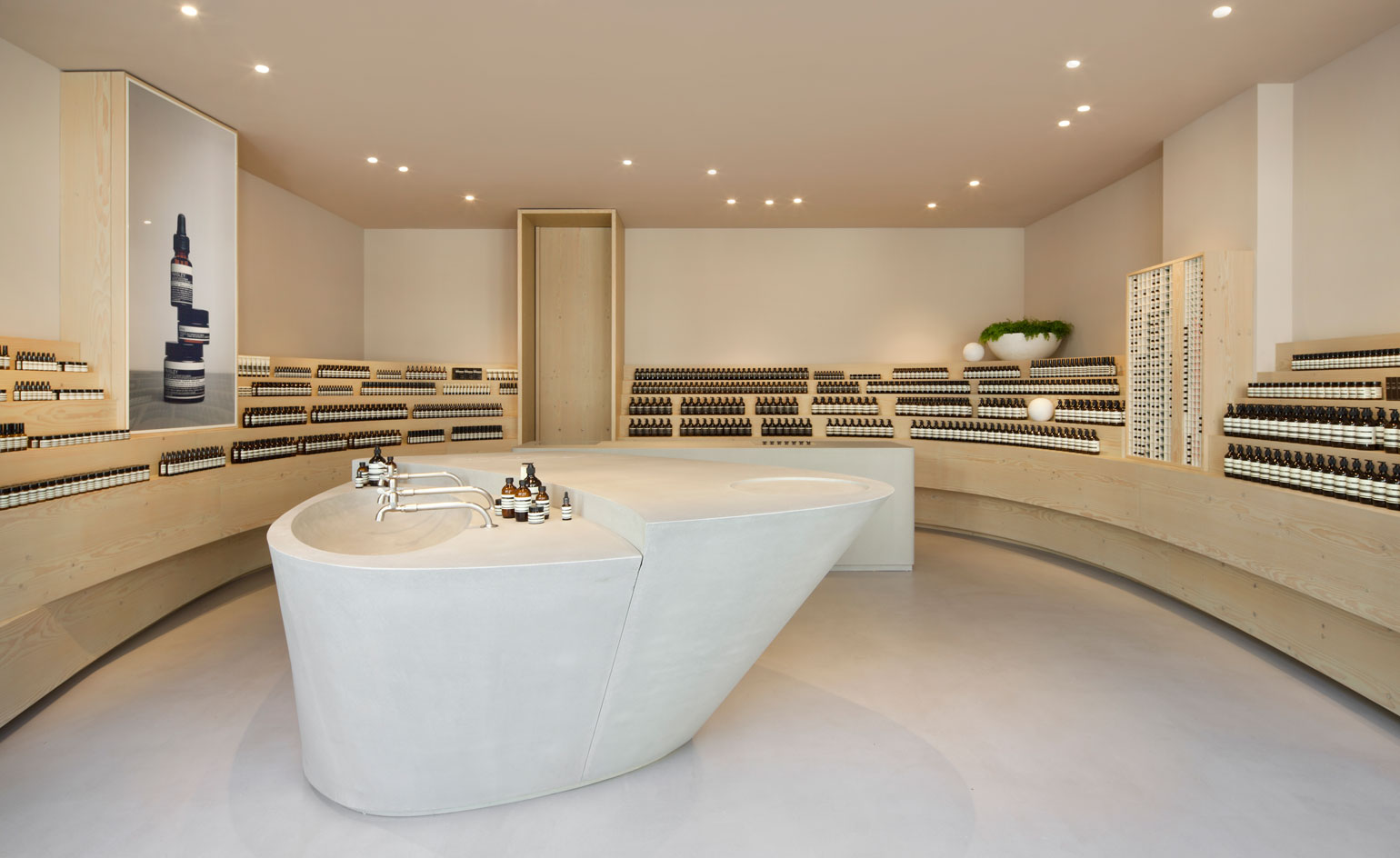
In many ways, Escobedo’s concept for Aesop continues where her design for the Serpentine Pavilion left off. ‘There are some similarities to the Serpentine with the idea of weaving,’ she acknowledges. ‘The Serpentine was more concerned with time and temporality, whereas Aesop Park Slope is more about layering – a layering of histories. They might share the same approach: the use of simple materials, playing with modularity and permutations, in order to create something new.’
However, the process of creating the uniquely shaped bricks that line the shop’s walls are a key and site-specific feature that Escobdeo developed especially with a former student Patricia Medivil and her firm Tata Mosaicos.

‘[The company] only use natural earth pigments to create their tiles [and bricks]. They are made by hand using earth from the Mixteca region in Oaxaca, that has a very intense red colour – it’s so alive,' the architect explains. ‘The result is a tile that has been transformed by the sun to a subtle blush shade, with slight variations in its tone and slight imperfections that show its handcrafted qualities and which will age beautifully over time.’
Juxtaposed with the store’s own restored brick façade and stamped-tin ceiling, the result is an inviting space that supports a range of activities.
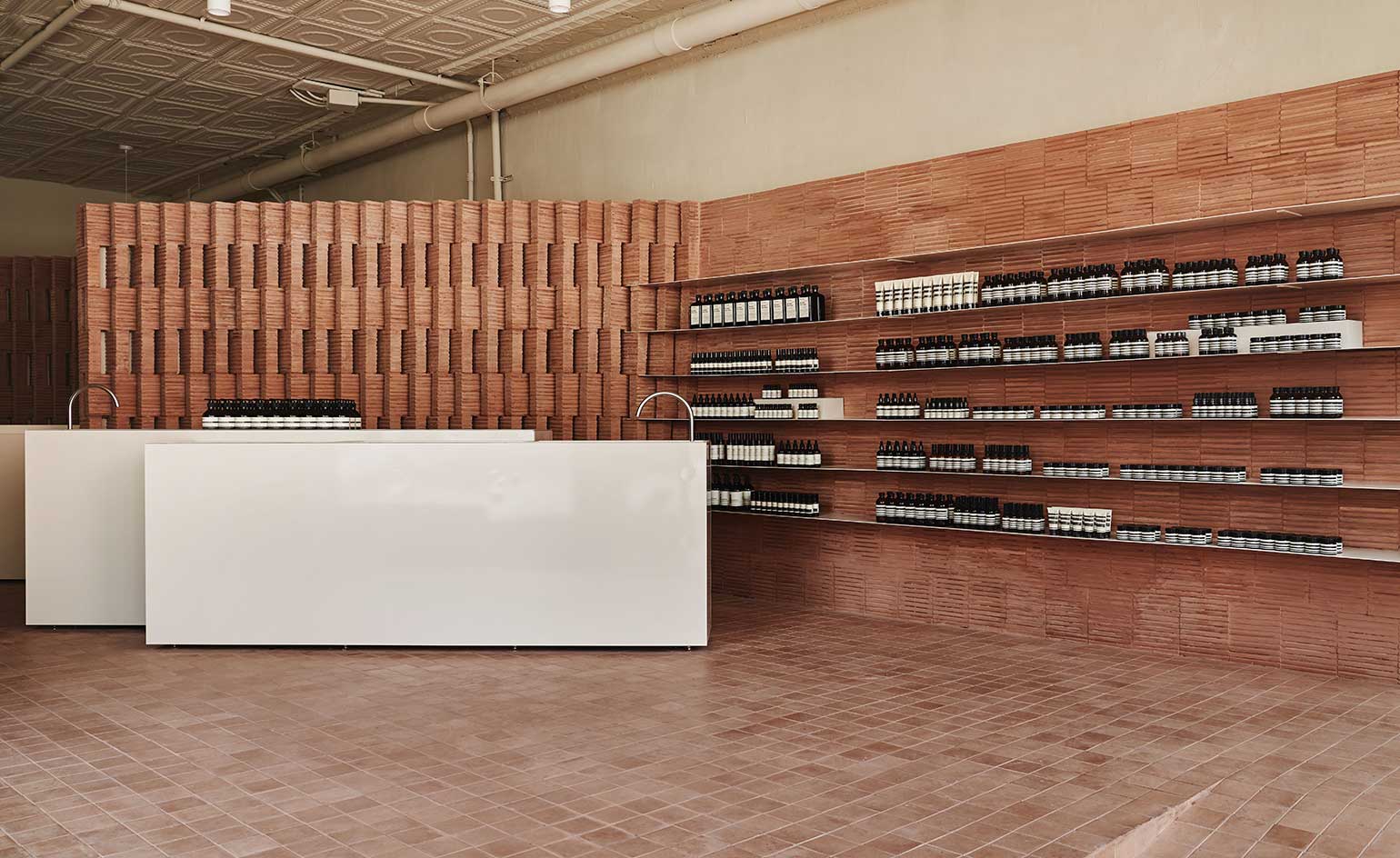
INFORMATION
For more information, visit the Aesop website and the Frida Escobedo website
ADDRESS
Wallpaper* Newsletter
Receive our daily digest of inspiration, escapism and design stories from around the world direct to your inbox.
225 5th Avenue
Brooklyn
NY 11215
Pei-Ru Keh is a former US Editor at Wallpaper*. Born and raised in Singapore, she has been a New Yorker since 2013. Pei-Ru held various titles at Wallpaper* between 2007 and 2023. She reports on design, tech, art, architecture, fashion, beauty and lifestyle happenings in the United States, both in print and digitally. Pei-Ru took a key role in championing diversity and representation within Wallpaper's content pillars, actively seeking out stories that reflect a wide range of perspectives. She lives in Brooklyn with her husband and two children, and is currently learning how to drive.
-
 ‘Independence, community, legacy’: inside a new book documenting the history of cult British streetwear label Aries
‘Independence, community, legacy’: inside a new book documenting the history of cult British streetwear label AriesRizzoli’s ‘Aries Arise Archive’ documents the last ten years of the ‘independent, rebellious’ London-based label. Founder Sofia Prantera tells Wallpaper* the story behind the project
By Jack Moss
-
 Head out to new frontiers in the pocket-sized Project Safari off-road supercar
Head out to new frontiers in the pocket-sized Project Safari off-road supercarProject Safari is the first venture from Get Lost Automotive and represents a radical reworking of the original 1990s-era Lotus Elise
By Jonathan Bell
-
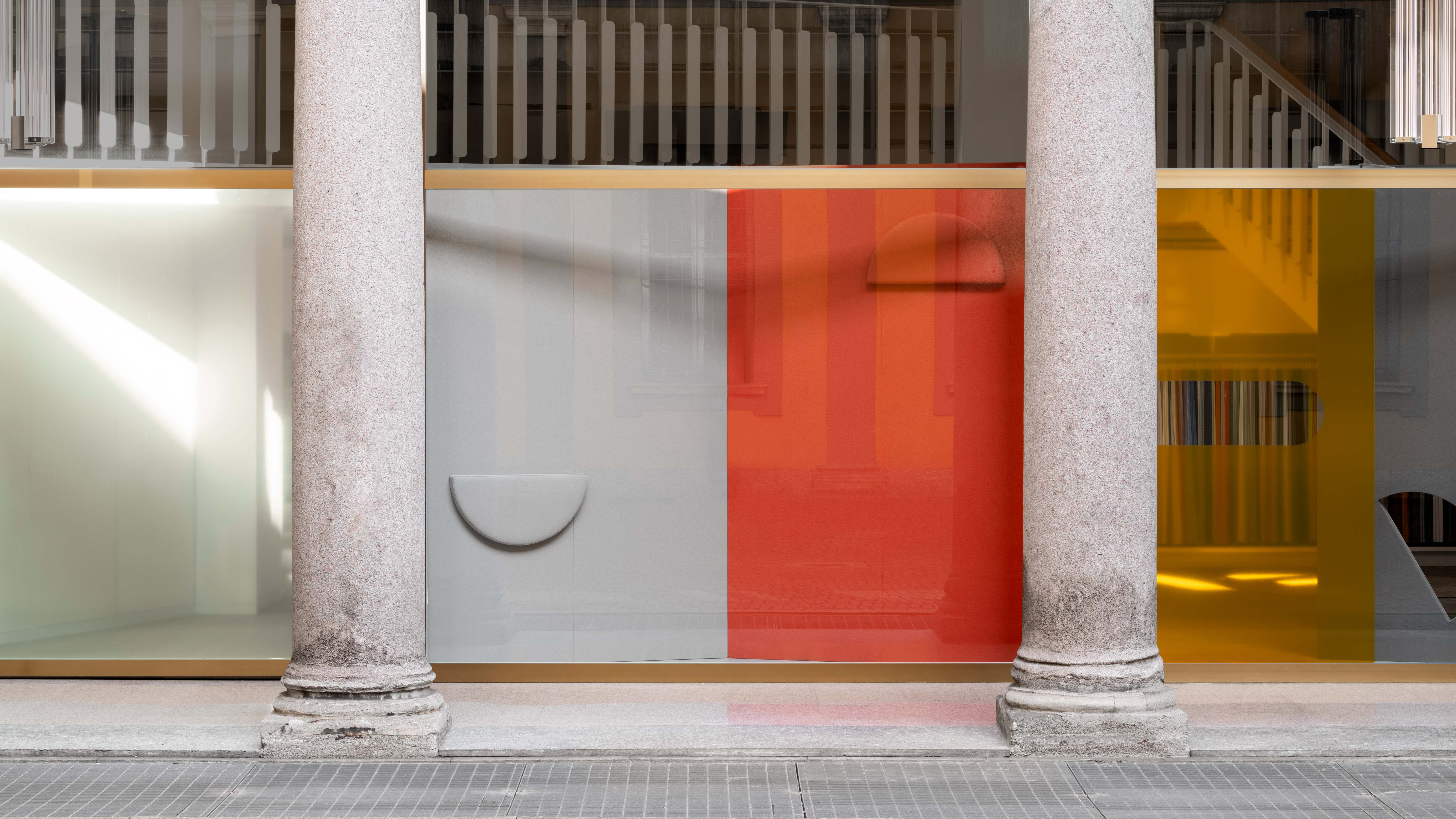 Kapwani Kiwanga transforms Kvadrat’s Milan showroom with a prismatic textile made from ocean waste
Kapwani Kiwanga transforms Kvadrat’s Milan showroom with a prismatic textile made from ocean wasteThe Canada-born artist draws on iridescence in nature to create a dual-toned textile made from ocean-bound plastic
By Ali Morris
-
 Croismare school, Jean Prouvé’s largest demountable structure, could be yours
Croismare school, Jean Prouvé’s largest demountable structure, could be yoursJean Prouvé’s 1948 Croismare school, the largest demountable structure ever built by the self-taught architect, is up for sale
By Amy Serafin
-
 We explore Franklin Israel’s lesser-known, progressive, deconstructivist architecture
We explore Franklin Israel’s lesser-known, progressive, deconstructivist architectureFranklin Israel, a progressive Californian architect whose life was cut short in 1996 at the age of 50, is celebrated in a new book that examines his work and legacy
By Michael Webb
-
 A new hilltop California home is rooted in the landscape and celebrates views of nature
A new hilltop California home is rooted in the landscape and celebrates views of natureWOJR's California home House of Horns is a meticulously planned modern villa that seeps into its surrounding landscape through a series of sculptural courtyards
By Jonathan Bell
-
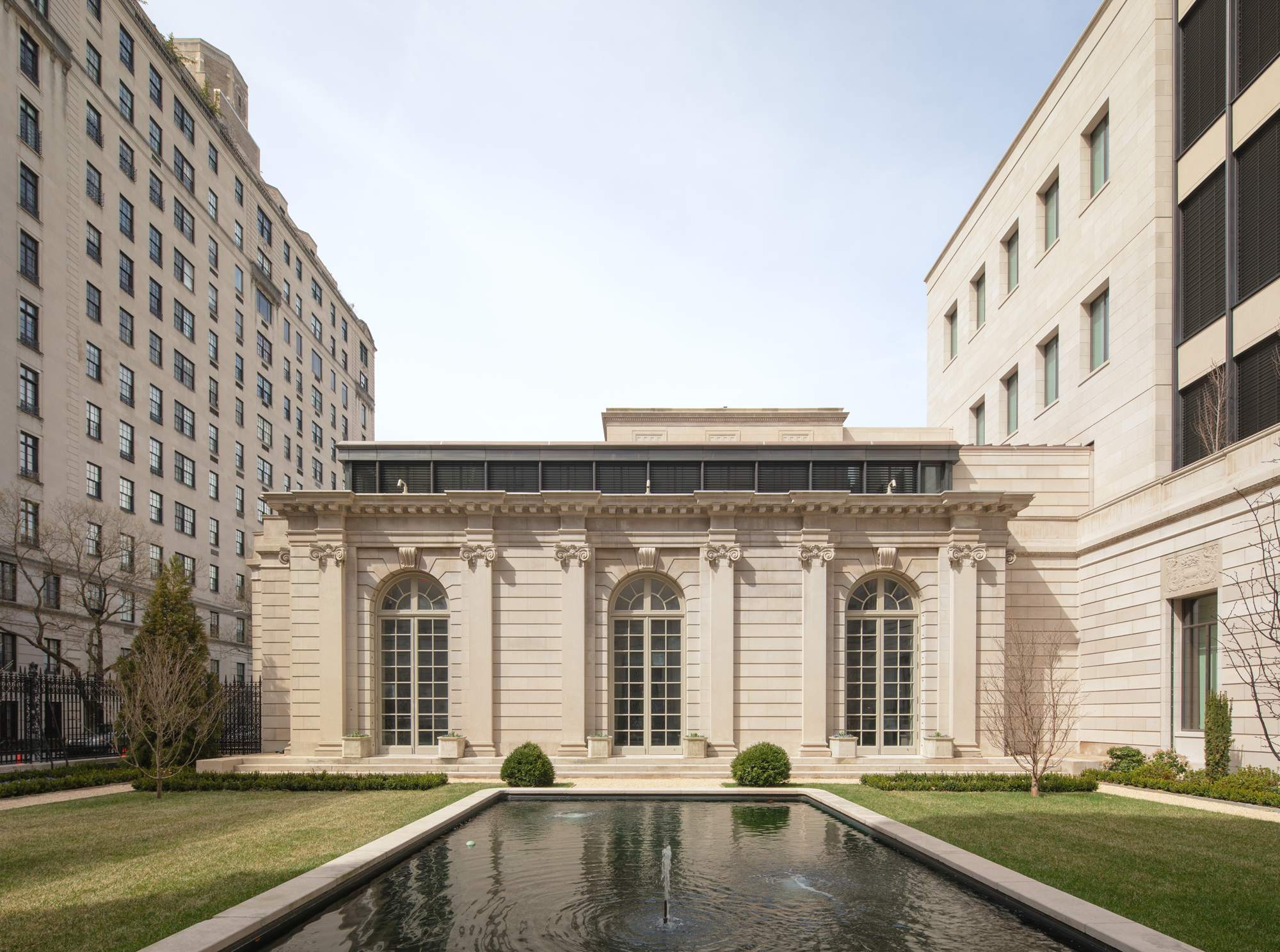 The Frick Collection's expansion by Selldorf Architects is both surgical and delicate
The Frick Collection's expansion by Selldorf Architects is both surgical and delicateThe New York cultural institution gets a $220 million glow-up
By Stephanie Murg
-
 Remembering architect David M Childs (1941-2025) and his New York skyline legacy
Remembering architect David M Childs (1941-2025) and his New York skyline legacyDavid M Childs, a former chairman of architectural powerhouse SOM, has passed away. We celebrate his professional achievements
By Jonathan Bell
-
 What is hedonistic sustainability? BIG's take on fun-injected sustainable architecture arrives in New York
What is hedonistic sustainability? BIG's take on fun-injected sustainable architecture arrives in New YorkA new project in New York proves that the 'seemingly contradictory' ideas of sustainable development and the pursuit of pleasure can, and indeed should, co-exist
By Emily Wright
-
 The upcoming Zaha Hadid Architects projects set to transform the horizon
The upcoming Zaha Hadid Architects projects set to transform the horizonA peek at Zaha Hadid Architects’ future projects, which will comprise some of the most innovative and intriguing structures in the world
By Anna Solomon
-
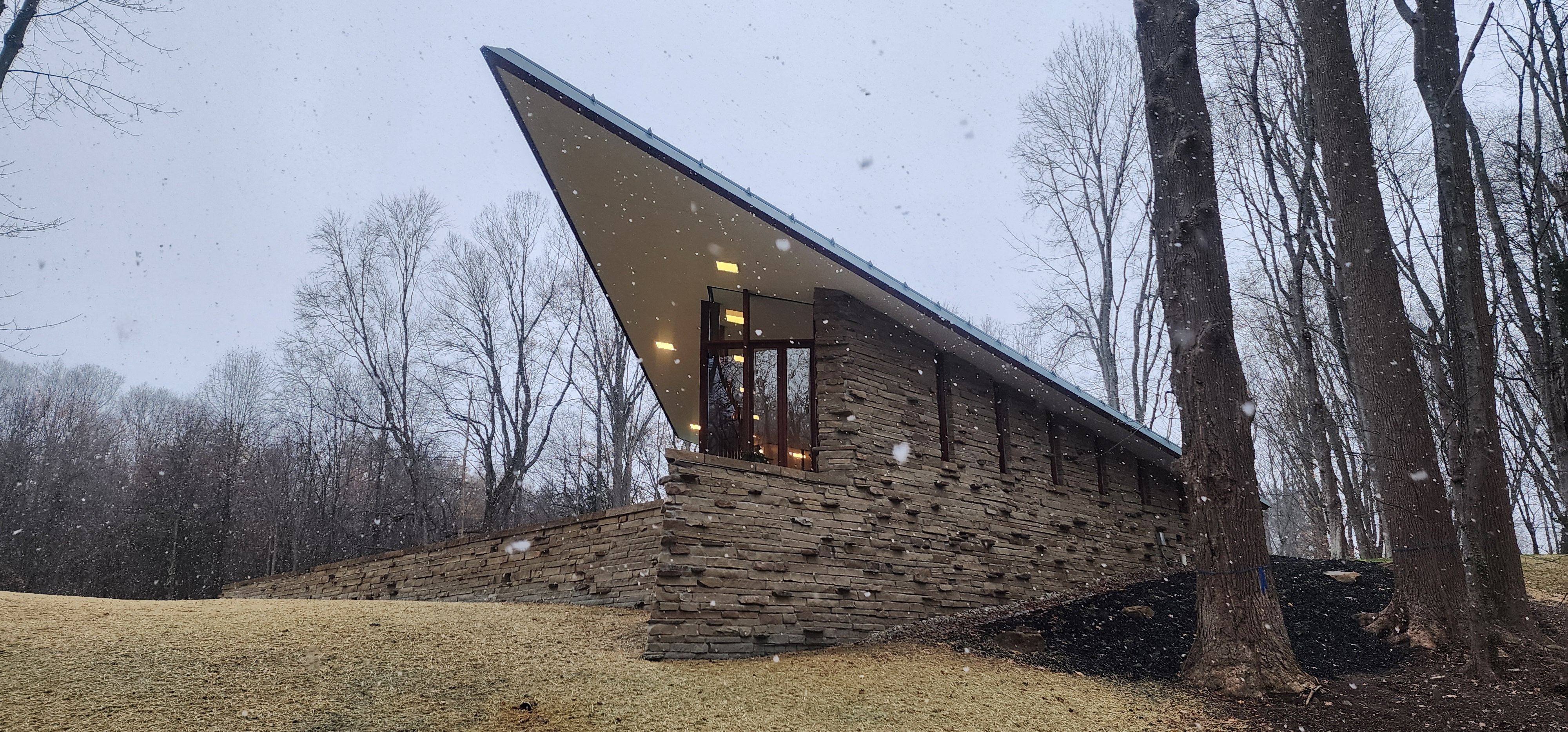 Frank Lloyd Wright’s last house has finally been built – and you can stay there
Frank Lloyd Wright’s last house has finally been built – and you can stay thereFrank Lloyd Wright’s final residential commission, RiverRock, has come to life. But, constructed 66 years after his death, can it be considered a true ‘Wright’?
By Anna Solomon